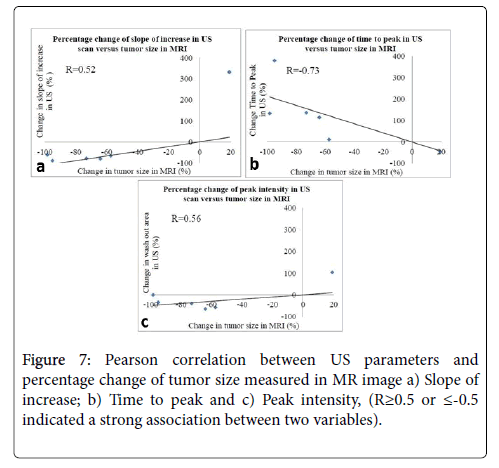

The total amount of radiation delivered to the patient at a given examination, however, is also dependent on the CT scan length. CT scanners that have patient size–specific scanning protocols would likely select lower CTDI vol values for pediatric patients but higher ones for oversized patients. CTDI vol is an index that quantifies the relative intensity of the radiation that is incident on the patient ( 3).
#Change cm to mm xscan radiology software#
Agreement in ED/DLP data for all three software packages was generally very good, except for cervical spine examinations where one software package determined an ED/DLP ratio that was approximately double that of the other two.Ĭonclusion: This article describes a method of providing CT users with a practical and reliable estimate of adult patient EDs by using the DLP displayed on the CT console at the end of any given examination.Ĭurrent computed tomographic (CT) scanners generate patient dose indexes of the volume CT dose index (CTDI vol) and the dose-length product (DLP) that are measured in 16- and 32-cm-diameter acrylic phantoms ( 1, 2).

For head scans, ED/DLP was approximately independent of x-ray tube voltage, but for body scans, the increase from 80 to 140 kV increased the ratio of ED to DLP by approximately 25%. cm (cervical spine scans), and 18 μSv/mGy.Representative values of ED/DLP at 120 kV were 2.2 μSv/mGy Inter- and intramanufacturer differences for ED/DLP were generally small. Results: For 2-cm scan lengths, changes in the scan region resulted in differences to ED of a factor of 30, but much lower variation was obtained for typical scan lengths at clinical head and body imaging. The dependence of the ratio of ED to DLP on x-ray tube voltage (in kilovolts) was investigated, and the values obtained with the spreadsheet were compared with those obtained by using two other commercially available CT dosimetry software packages. ED-to-DLP ratios were determined for 2-cm scan lengths along the patient axis, as well as for typical scan lengths encountered at head and body CT examinations. The ratio of ED to DLP was determined with 16-section CT scanners from four vendors, as well as with five models from one manufacturer that spanned more than 25 years. Materials and Methods: A CT dosimetry spreadsheet was used to compute patient ED values and corresponding DLP values. Most Fractional Rulers are based on the English measuring system where scales are graduated in units of one inch and fractions of an inch.Purpose: To determine effective dose (ED) per unit dose-length product (DLP) conversion factors for computed tomographic (CT) dosimetry. Decimal Rulers have graduations or marks which are based on the decimal system such as 0.5, 0.25, 0.1, 0.05, etc. Fractional Rulers have graduations or marks based on fractions, for example 1/2", 1/4" 1/8", 1/16", etc. There are two types of scales commonly used on rulers Fractional and Decimal. 1 inch equals 2.54 centimeters(cm), 1 cm approximately equivalent to 3/8 inch or equals 0.393700787 inchįractional inches to cm & mm conversion table.1 meter = 100 centimeters = 1,000 millimeters.



 0 kommentar(er)
0 kommentar(er)
